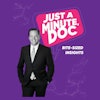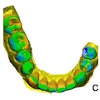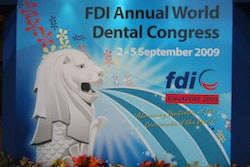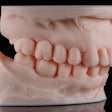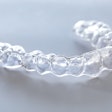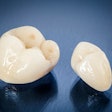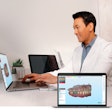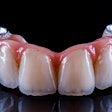Editor's note: Allan Farman's column, Talking Pictures, appears regularly on the DrBicuspid.com advice and opinion page, Second Opinion.
At the ADA House of Delegates in Hawaii last fall, it was resolved "that the ADA Standards Committee on Dental Informatics develop a standard for the secure electronic transmission of digital radiographs and photographs and promote this standard for use by practitioners as well as third-party payers, and provide a status report to the 2010 House of Delegates" (83H).
Such secure transmission of protected health information, including radiographs and photographs, was found to be needed; hence, a supplement to the Digital Imaging and Communications in Medicine (DICOM) standard was approved in 2005 (DICOM Supplement 113), and was integrated into the DICOM standard v3 in 2006. This component remains in effect in the latest version of the DICOM standard (v3 2009).
Further, dental e-commerce using secure electronic Web services is already commonplace in the U.S. Many dental commercial businesses are built on the secure transmission of diagnostic images, including construction of orthodontic appliances for movement of teeth (such as Align Technology), surgical prostheses (such as TMJ Concepts), fabricating anatomic models used in surgery planning (such as Biomedical Modeling), dental implant surgical templates (such as Materialise Dental, Nobel Biocare, and BioHorizons), and maxillofacial cone-beam CT image conversion and radiologic interpretation services (such as 3D Diagnostix and Orbit Imaging).
Such services depend on secure electronic transfer of dental diagnostic images, generally associated with protected health information (PHI). Transfer of more basic digital or digitized radiographs and photographs for consultation and third-party treatment approval and payment procedures is also in common usage.
It seems that rather than a new standard, what is needed is better education of the dental profession -- including the members of the ADA House of Delegates -- about what already exists, and that secure methods for transmission are abundantly available commercially.
The fear, of course, is that fines can be made under the Health Insurance Portability and Accountability Act (HIPAA) and the Health Information Technology for Economic and Clinical Health (HITECH) Act should PHI be disclosed improperly, which has led to concern over use of unsecured e-mail services. Actually, rulings from the U.S. Department of Health and Human Services suggest that unsecured e-mail between patients and practitioners is probably permitted so long as it is initiated by the patient. The issue of using unsecured e-mail for transmitting clinical photographs and radiographs between practitioners and third-party services is not clear-cut, however, and therefore is best avoided given that secure services are available and inexpensive to use.
Electronic transmission of diagnostic information could be valuable as a means to increase access to care, especially where specialized expertise is not readily available. It is possible for a patient to travel to another state to receive treatment, but unfortunately variations exist in the interpretation of whether a patient actually travels virtually out of state when their records are transmitted electronically to a practitioner in another state (Oral Surgery, Oral Medicine, Oral Pathology, Oral Radiology, and Endodontology, July 2008, Vol. 106:1, pp. 1-2; January 2009, Vol. 107:1, pp. 6-7).
Some states seem to think that the practitioner from the other state is beamed to the patient rather than vice versa, thus is practicing in the state where the patient resides, rather than where the practitioner is reading the information. Access to care and the full utilization of secure transfer of electronic information could be substantially enhanced by a simple universal standard equating virtual and actual travel of the patient to be equivalent.
Perhaps this could be the subject of a 2010 ADA House of Delegates resolution? State boards cannot be compelled to comply, but at least passage of such a resolution might have states revisit their existing policies.
Allan Farman, B.D.S., M.B.A., Ph.D., D.Sc., is a professor of radiology at the University of Louisville in Kentucky and current president of the American Academy of Oral and Maxillofacial Radiology.
The comments and observations expressed herein do not necessarily reflect the opinions of DrBicuspid.com, nor should they be construed as an endorsement or admonishment of any particular idea, vendor, or organization.
Copyright © 2010 DrBicuspid.com
